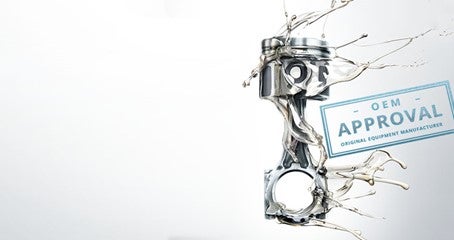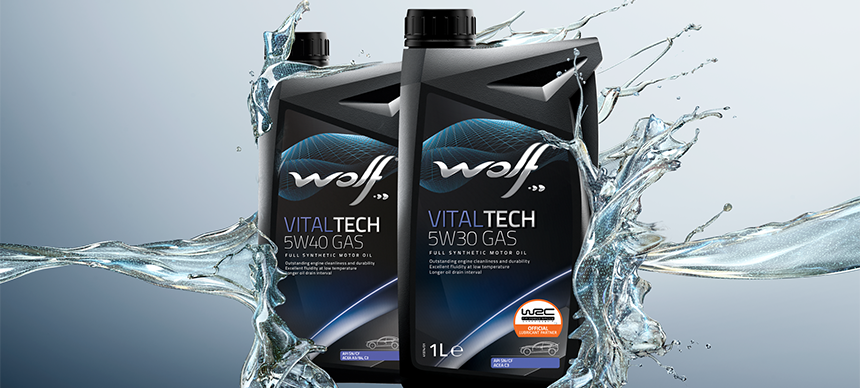
‘Meeting the specification’ versus 'OEM approved’

What determines drive systems’ and vehicle systems’ service life, operational reliability and functioning? In large part, the used fluids and lubricants. It is therefore extremely important to correctly select and treat these fluids and lubricants. But there are 2 degrees of ‘correct’ — discover them in this quick read.
The two degrees are ‘meets the specification’ and ‘OEM Approved’.
What it means when a lubricant ‘meets the specification’
The OEM (Original Equipment Manufacturer), in co-operation with an additive supplier and/or the lubricant manufacturer, publishes specifications for the lubricant or fluid to be used for a certain application.
This publication includes the specific tests and test limits and is used by additive suppliers and the lubricant manufacturers to blend the oil. Put otherwise, they have to determine and use the right combination of base oils and additives, so that the final product complies with the specification.
The result is a lubricant or fluid that ‘meets the specification’. But this doesn’t mean it is ‘OEM approved’ yet.
What it means when a lubricant is OEM Approved
Now, a lubricant manufacturer can go one step further. He can submit a lubricant that meets a specification for an official approval by the OEM. The OEM or an external (but acknowledged) test laboratory will then test the oil for the different characteristics described in the information sheet.
When after severe testing the lubricant complies with all requirements, the OEM gives their official approval. The validity of an OEM approval varies between 1-5 years.
The value of an OEM approval lies in it being ‘an official proof’ of a lubricant’s quality. Many official car and truck dealerships require OEM approved products to be sure that a lubricant is 100 % fit for the desired application.
Looking for OEM Approved products by Wolf? Browse our product range and select the ‘OFFICIALTECH’ subcategory.
Summary:
- A lubricant can meet the specification or can be OEM Approved.
- Meeting a specification means the right combination of base oils and additives is used.
- A lubricant manufacturer can then submit a lubricant for an official approval by the OEM.
- OEM approval is ‘an official proof’ of a lubricant’s quality.

